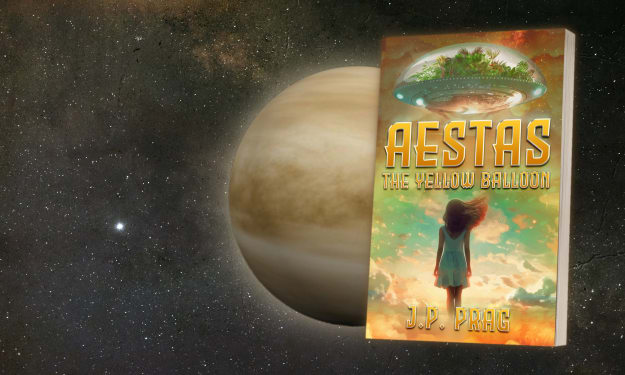Will Jupiter become the "second sun" in the future?
Swallowing 24,000 small objects per year

The stars in the universe do not exist alone but have a great attraction to each other, and gradually a solid galaxy will be formed, our solar system is several planets, satellites, and comets together to form a galaxy. With the development of cosmic exploration technology, people have more understanding of the solar system, the craziest planet in the solar system is Jupiter, the relevant signs indicate that if Jupiter continues to develop in this way, it may one day become another sun. Today we will look at why such a prediction was made.
It is well known that each planet has its gravitational pull, and this pull can cause a planet with less gravity to surround a planet with more gravity, a relationship most commonly seen with the Earth and the Sun. Astronomers have observed that Jupiter's gravity is so strong that it has many natural satellites around it, and in addition to that, its strong gravity allows Jupiter to swallow other planets around it. Some of the larger stars are also swallowed by Jupiter, so let's take a look at the "Star Wars" that took place 28 years ago.
In July 1994, Jupiter staged a "cosmic show". Comet Sumerian Levi IX was torn to pieces by Jupiter's powerful gravity, and these fragments bombarded Jupiter at a speed of 210,000 kilometers per hour for more than 100 hours. According to astronomers' calculations, this war released more than 40 trillion tons of TNT energy, which means that it was equivalent to detonating 2 billion atomic bombs, and finally, the fate of Comet Sumerian Levi IX became part of Jupiter.
As people studied Jupiter, they found that Jupiter was even crazier than today at the beginning of the solar system, when it was estimated that hundreds of millions of small worlds did not escape the clutches of Jupiter and were swallowed up by him, becoming part of Jupiter. In other words, the Jupiter we see today is the result of the convergence of numerous small bodies.

When you hear this, you will surely say that it has been more than 4.5 billion years since the Sun was founded. So how do scientists come to determine what happened 4.5 billion years ago? One of the better solutions that astronomers have come up with is to understand some basic information about Jupiter 4.5 billion years ago through the elements of Jupiter. After research, astronomers have found that Jupiter is a gas giant, and its main elements are hydrogen and helium, in addition to small amounts of carbon and oxygen. Although it has been proved that Jupiter is a gas giant, we can only observe the situation within 50 km of its atmosphere through images, and we cannot directly observe what is deeper than that, but can only speculate through other theories.
At this stage, astronomers have confirmed that Jupiter was the first planet to form in our solar system. However, it is not known how long it took and how many small bodies it swallowed to form the planet Jupiter today. The scientific community now generally agrees that Jupiter's powerful devouring power played a huge role in its formation, and researchers have been able to solve the mystery of Jupiter's formation by conducting a series of scientific experiments to understand the distribution of rocks inside the planet in general.
Human research on Jupiter has not stopped, and the Juno Jupiter probe was launched in 2011 to accurately detect Jupiter's gravitational field, thus helping humans to understand some of the current internal secrets. The data returned by the probe showed that the total mass of Jupiter is up to 1.9 trillion billion tons, equivalent to nearly 320 times the mass of Earth, and a major finding is the presence of more metallic elements close to Jupiter's core. In addition, researchers have built a series of models from the distribution of Jupiter's metallic elements obtained by the probe. The models should prove that Jupiter absorbed a lot of small bodies and planetary debris during its formation, and after an extremely complicated argument, researchers finally uncovered the mystery of Jupiter's formation, the reason why Jupiter has such a large volume today, taking in a large number of small bodies and some planets.
Today, Jupiter continues to expand, and some small objects that accidentally enter its gravitational range are "swallowed" by Jupiter. According to astronomers, Jupiter's mass is 1.5 times the mass of all the planets and small objects in our solar system, and even if Jupiter swallows all the objects in our solar system except the Sun, the total mass will not reach the standard of a brown dwarf. Even if Jupiter swallowed all the objects in the solar system except the Sun, the total mass would not reach the standard of a brown dwarf, which means that Jupiter has no chance to develop into a "second sun".
About the Creator
Cindy Dory
When you think, act like a wise man; but when you speak, act like a common man.






Comments
There are no comments for this story
Be the first to respond and start the conversation.